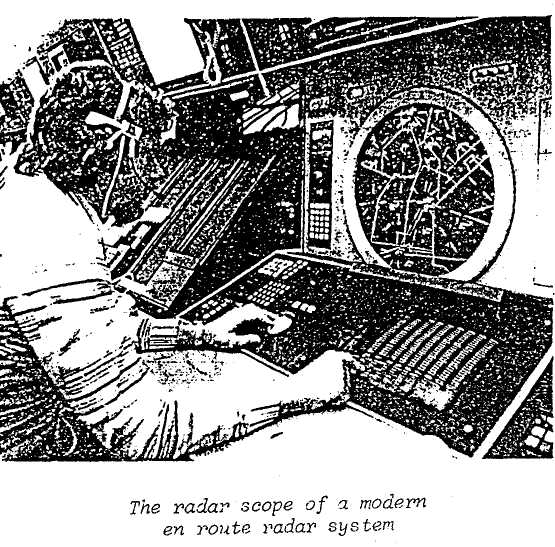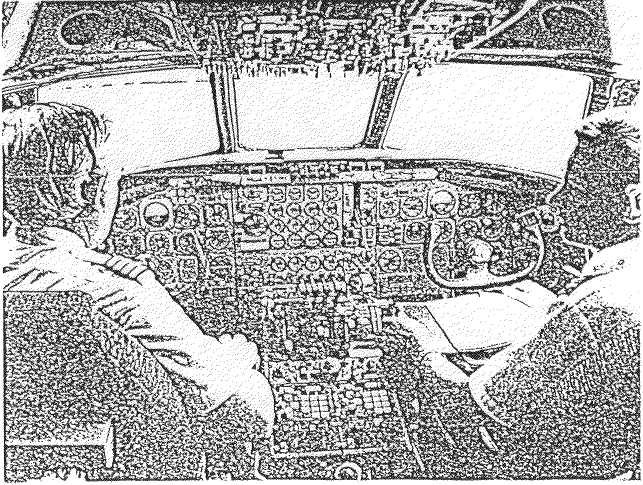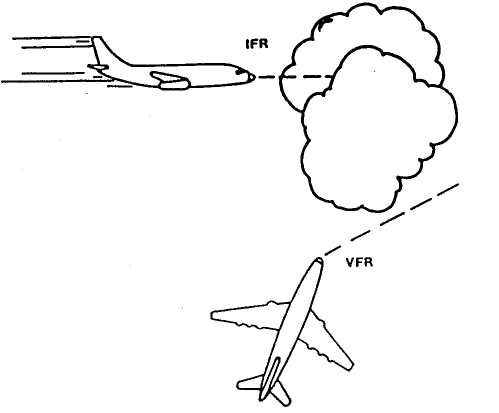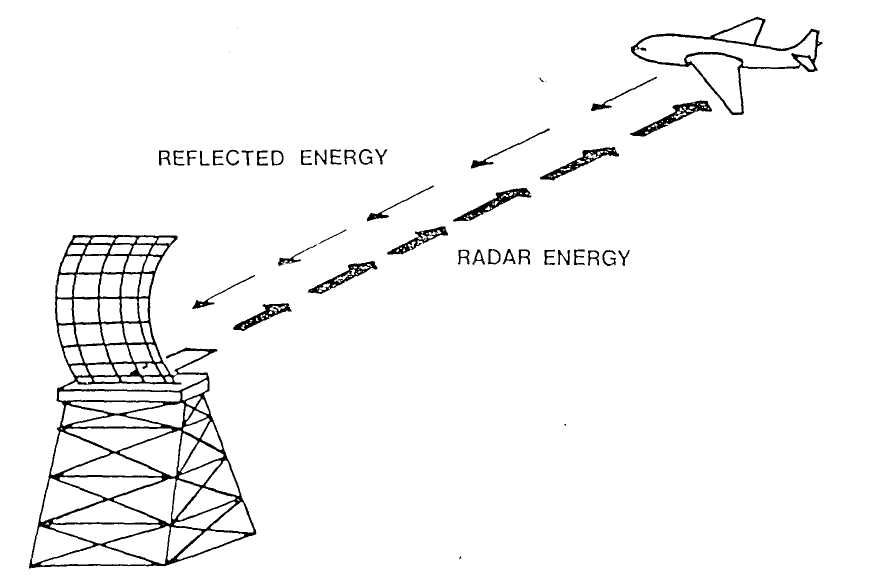
- •Text 1 naviagtion system – area navigation
- •Naviagtion system – vor/dme
- •Text 2 naviagtion system – satellite
- •Text 3 the effects of the weather on aviation
- •Text 4 the role of radar in atc
- •Text 5 naviagtion system – ins
- •Naviagtion system – ndb
- •Text 6 navigation system – landing aids
- •Text 8 primary radar
- •Text 9 radio navigation aids to final approach and landing ils
- •Text 13 area control service
- •Text 14 the control tower (Part 2)
- •Text 15
- •Text 16
- •Visual aids for navigation marking and lights
- •Text 18 some problems associated with radar (Part 2)
- •Text 19 aeronautical information service (Part 2)
- •Text 21 aims and objectives of icao
- •Text 23 ground and tower control
- •Text 24 holding
- •Text 25 global positioning system (part 1)
Text 18 some problems associated with radar (Part 2)

While using Circular Polarization, however, controllers would not be aware of the existence of any weather lying ahead of the aircraft, since all echoes from precipitation and clouds would be removed from his scope. Because of this, he could conceivably vector a pilot into turbulent or hazardous meteorological conditions. A solution to this problem has been to show on the scope the actual weather in the areas. This clutter can be switched on and off. Another solution is to feed the weather information into the automatic data processing equipment for incorporation into the controller's computer processed radar scope. This information appears in digital form on the radar scope.
In most radar equipment, the controller is provided with the capability of using MTI alone, MTI plus Circular Polarization, Circular Polarization alone, the allowing him a considerable amount of flexibility.
Besides the problems caused by clutter, the slashes on the SSR scope, if too large, could overlap with other slashes making it difficult to distinguish individual aircraft. To keep large slashes apart would require the controller to provide extensive separation between aircraft with resulting delays. This too is improved somewhat with the help of radar automation.
Although most of the deficiencies in radar are characteristic of radar technology, improvements are constantly being made which will assist the air traffic controllers in the future.
conceivably [kEn7si:vEbli]предсказуемо, заранее известно
incorporation [inkEpE7reiSn]включение чего-л. куда-то
Text 19 aeronautical information service (Part 2)
A pilot therefore, who is flying from the United States to Japan presents himself to the Briefing Officer at the aerodrome of departure. He fills out a Flight Plan giving the route he is to follow and the description of the route, the name of the aerodrome of his departure and that of his destination, also the name of an alternate aerodrome. This is given in case the aerodrome of destination is closed when he get there. He gives his cruising speed in knots. Also he must indicate whether he will fly IFR or VFR or, a combination of both and moreover, he gives the flight level he wishes to maintain during the flight.
The pilot will have to report to Air Traffic Control at the various reporting points. With the information received from the pilot, air traffic control provides separation for his flight across the USA, the Pacific Ocean and Japan. The pilot must not stray too far to the left or right of the centre line of the airway. Of course a pilot must always maintain his approved altitude as many aeroplanes are flying at different levels in both directions and, unauthorized leaving of the airway or assigned flight level would be very dangerous.


briffing officer сотрудник брифинговой службы
TEXT 20
A SHORT HISTORY OF RADAR
The principles of radar are not new; in fact, some early experiments were made back in the 1880s. In 1904 a German engineer had invented, as he explained, a "radio-echo collision prevention device". By 1922 the famed electronics engineer, Marconi, devised a principle for sending radio signals between ships which would be reflected back, to a receiver on the sending ship and thereby immediately reveal the presence and bearing of the other ship in fog or thick weather. This is the basic principle used in all radar.
Further improvements on this concept were developed, including the introduction of the "pulse" principles on which modern radar is based. During the period 1935 - 1940, successful pulse radar systems were produced independently and, nearly at the same time, in the United States, England, France and Germany.
The application of radar in the air traffic control system consists of two basic designs. The initial type of radar, called primary radar, began to be used in most parts of the world in the early 1950s. Another form of radar, secondary surveillance (SSR) is used for advanced air traffic control. When the word "radar" is used alone, it usually includes both primary and secondary radar.

thereby [9BEbai]таким образом
